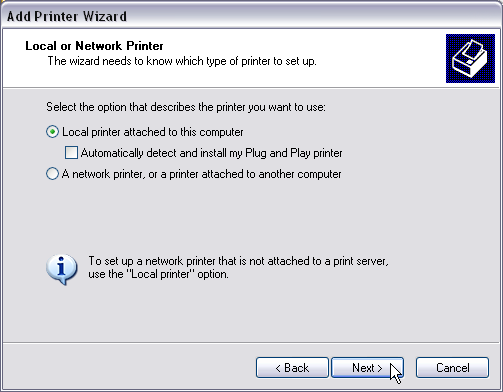A First Guide To Postscript Pdf
Contents • • • • • • • • • • • • • • • • • History [ ] The concepts of the PostScript language were seeded in 1976 when was working at, a company. At that time John Warnock was developing an interpreter for a large three-dimensional graphics database of harbor. Warnock conceived the Design System language to process the graphics.
Concurrently, researchers at had developed the first and had recognized the need for a standard means of defining page images. In 1975-76 and developed the Press format, which was eventually used in the system to drive laser printers. But Press, a data format rather than a language, lacked flexibility, and PARC mounted the effort to create a successor. In 1978 Warnock left Evans & Sutherland and joined Xerox PARC to work with. They rewrote Design System to create the interpretive language, J & M or JaM (for 'John and Martin') which was used for design and the investigation of type and graphics printing. This work later evolved and expanded into the language. Warnock left with and founded in December 1982.

Bluetooth Driver Problems Windows 7 more. They, together with Doug Brotz, Ed Taft and Bill Paxton created a simpler language, similar to Interpress, called PostScript, which went on the market in 1984. At about this time they were visited by, who urged them to adapt PostScript to be used as the language for driving laser printers.
Quick PostScript Programming Tutorial. Or visit this page to convert a PS to PDF. A first guide to PostScript. This is meant to be a simple introduction to programming in the PostScript page description language from Adobe. This document is not meant to be a comprehensive.
In March 1985, the was the first printer to ship with PostScript, sparking the (DTP) revolution in the mid-1980s. The combination of technical merits and widespread availability made PostScript a language of choice for graphical output for printing applications. For a time an (sometimes referred to as a for Raster Image Processor) for the PostScript language was a common component of laser printers, into the 1990s.